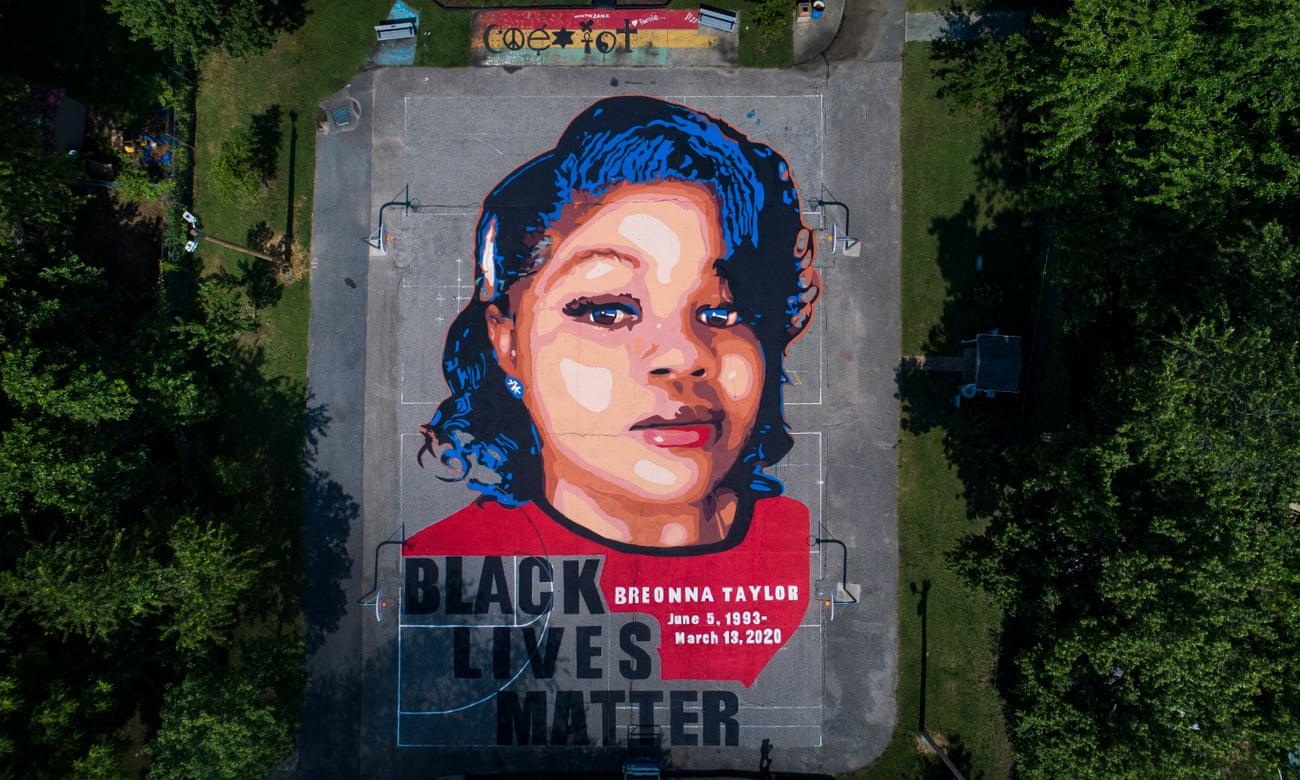July 17, 2020 – North Islington – London
45 year-old. Feared for his life while officer was kneeling on his neck
Police were called to reports of a fight in Isledon Road around 6.30pm. What happened next emerged with a video footage filmed by an anonymous witness and released on social media.
An officer can be seen pinning Marcus to the ground with his knee on his head, telling him to “stay down” – while another policeman is restraining his legs.
Marcus seems distressed and screams “Get off my neck!“. The officer, still kneeling on him : “Are you gonna behave yourself?” “I ain’t done anything wrong,” replies Marcus.
Several members of the public plead with the officer to “stay calm” and urge him to take his knee away from his neck. The officer removes his knee and orders bystanders to “Back up” – before telling one to “Shut it” when they challenge him.
The officer continues to use his hand to force Marcus‘s head down as he writhes on the concrete, and witnesses plead with everybody to “relax“.
The first officer then stands up and walks towards the crowd, ordering them back – as a woman shouts: “That’s a human being. Do not press on his head.“
Several more police officers arriving on the scene as tension among the crowd escalates. Witnesses tell the newly arrived officers that they have been videoing the incident and urge them to “arrest the officer“. A woman heard giving a statement to a constable says: “It’s okay to arrest him but don’t push his head and then kneel on him. It might kill him, it might injure him.“
Marcus was arrested, taken to a police station and seen by a police doctor, and later charged with possession of a knife in a public place and appear at Highbury Corner magistrates court.
Sir Steve House, Deputy Commissioner, stated :
“The video footage that I have seen today and is circulating on social media is extremely disturbing. I understand that many viewing the footage will share my concern. The man involved was arrested, taken to a police station and has now been seen by a police doctor. Some of the techniques used cause me great concern – they are not taught in police training. We have quickly assessed the incident, including the body worn video footage from the officers and their statements and justification for their use of force. As a result we have referred the matter to the IOPC. We will co-operate fully with the IOPC investigation. The officers’ initial interaction with the man and the events that led to him being detained have also been analysed.”
Physical violence
| Kicks, punches, slaps | |
| X | Feet / knees on the nape of the neck, chest or face |
| Blows to the victim while under control and/or on the ground | |
| Blows to the ears | |
| X | Strangulation / chokehold |
| Painful armlock | |
| Fingers forced backwards | |
| Spraying with water | |
| Dog bites | |
| Hair pulling | |
| Tirage par les cheveux | |
| Painful tightening of colson ties or handcuffs | |
| Painfully pulling by colson ties or handcuffs | |
| Use of gloves | |
| Use of firearm | |
| Use of “Bean bags” (a coton sack containing tiny lead bullets) | |
| Use of FlashBall weapon | |
| Use of sound grenade | |
| Use of dispersal grenade | |
| Use of teargas grenade | |
| Use of rubber bullets weapon (LBD40 type) | |
| Use of batons | |
| Use of Pepper Spray | |
| Use of Taser gun |
Psychological violence
| Charge of disturbing public order | |
| Charge of rebellion | |
| Accusation of beatings to officer | |
| Charge of threatening officer | |
| Charge of insulting an officer | |
| Threat with a weapon | |
| Aggressive behaviour, disrespect, insults | |
| X | Calls to end torment remained unheeded |
| Sexist remarks | |
| Homophobic remarks | |
| Racist comments | |
| Violence by fellow police officers | |
| Passivity of police colleagues | |
| Lack or refusal of the police officer to identify him or herself | |
| Vexing or intimidating identity check | |
| Intimidation or arrest of witnesses | |
| Prevented from taking photographs or from filming the scene | |
| Refusal to notify someone or to telephone | |
| Refusal to administer a breathalyzer | |
| Refusal to fasten the seatbelt during transport | |
| Refusal to file a complaint | |
| Refusal to allow medical care or medication | |
| Lies, cover-ups, disappearance of evidence | |
| Undress before witnesses of the opposite sex | |
| Bend down naked in front of witnesses | |
| Lack of surveillance or monitoring during detention | |
| Lack of signature in the Personal Effects Register during detention | |
| Confiscation, deterioration, destruction of personal effects | |
| Pressure to sign documents | |
| Absence of a report | |
| Deprivation during detention (water, food) | |
| Inappropriate sanitary conditions during detention (temperature, hygiene, light) | |
| Complacency of doctors | |
| Kettling (corraling protestors to isolate them from the rest of the demonstration) | |
| Prolonged uncomfortable position |
- 06.08.2020 – Officer removed from frontline duties
- 18.07.2020 – Highbury Corner magistrates court
- 17.07.2020 – Arrest of Marcus and abuse of force
- Lawyer :
- Collective :
- Donations :











